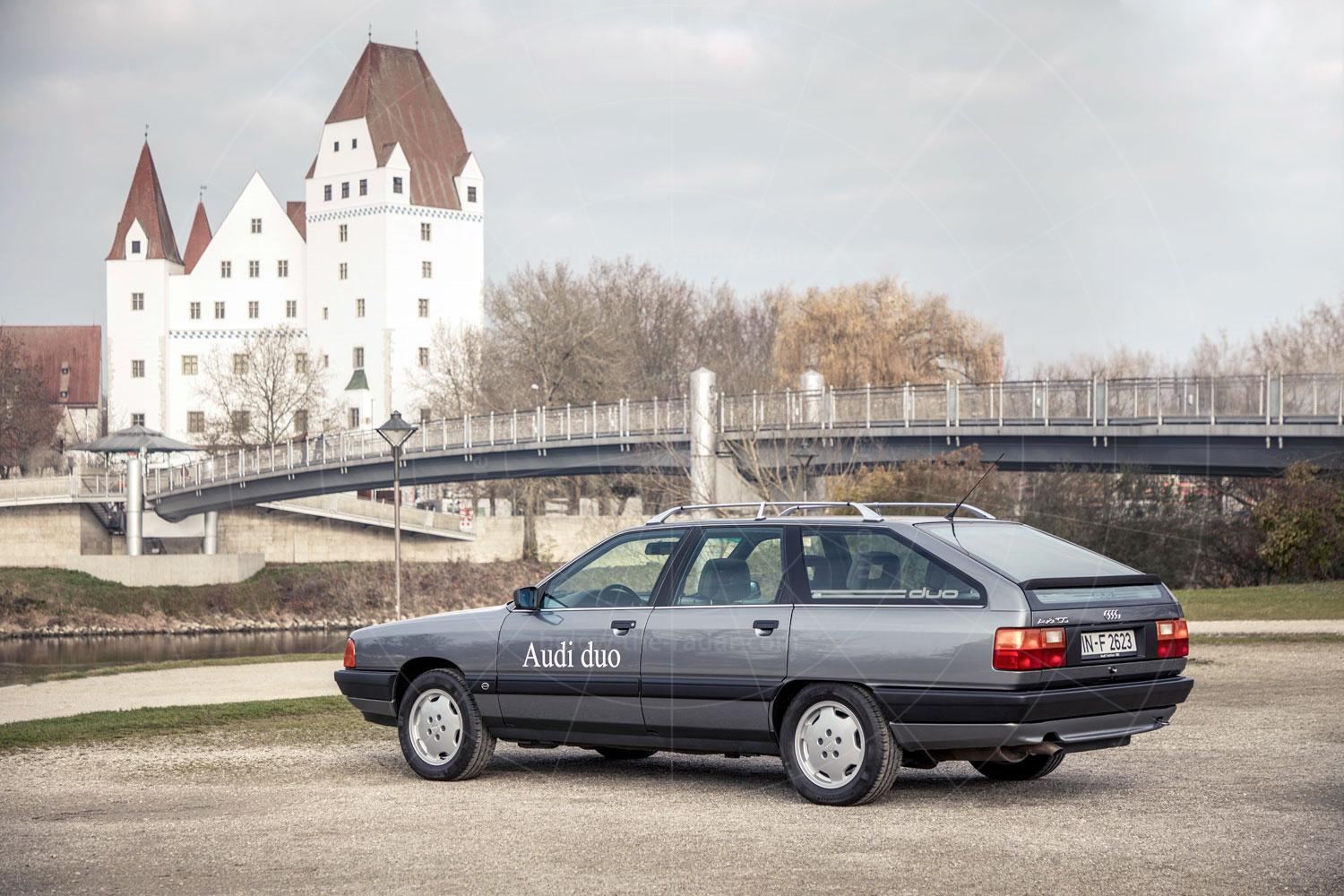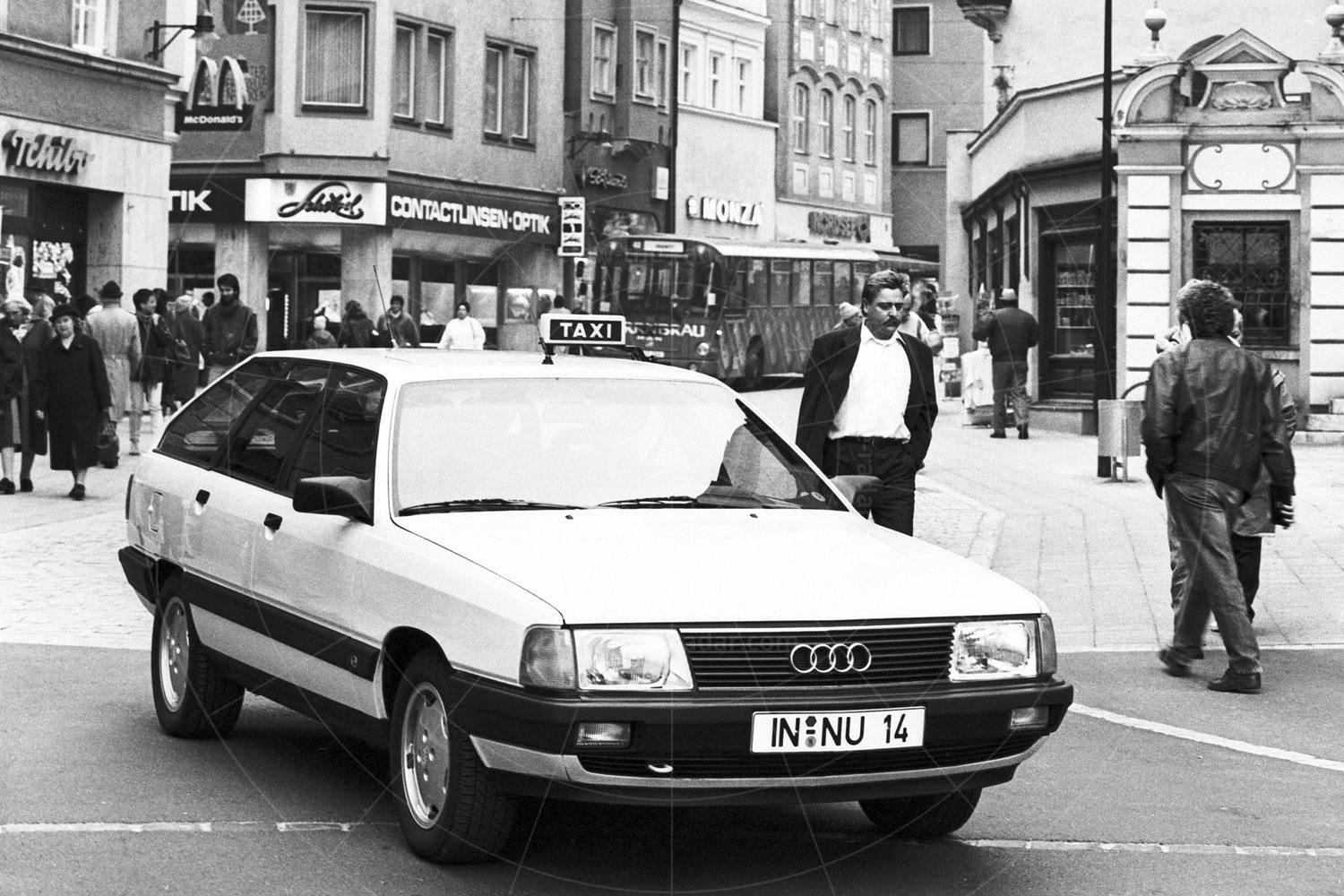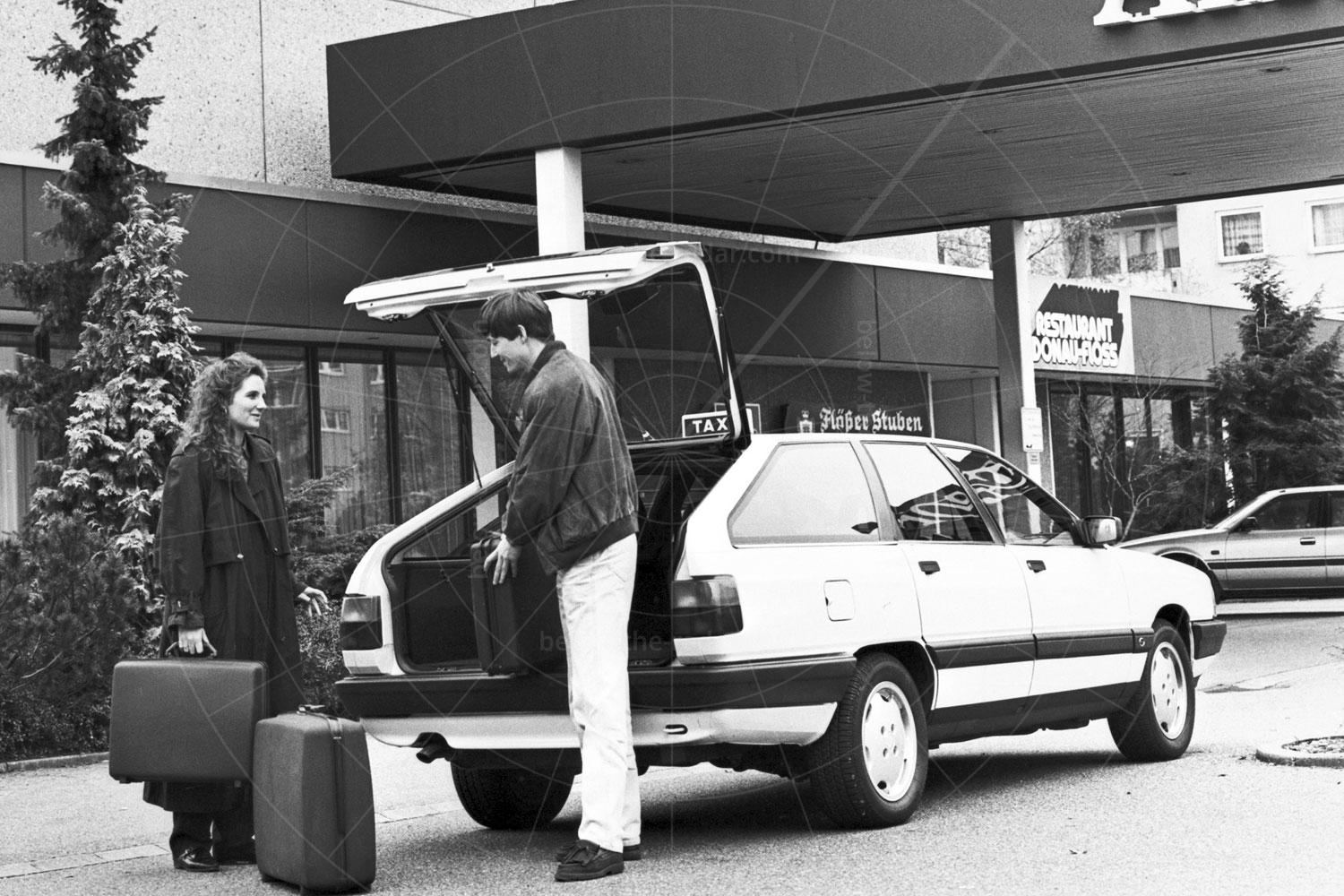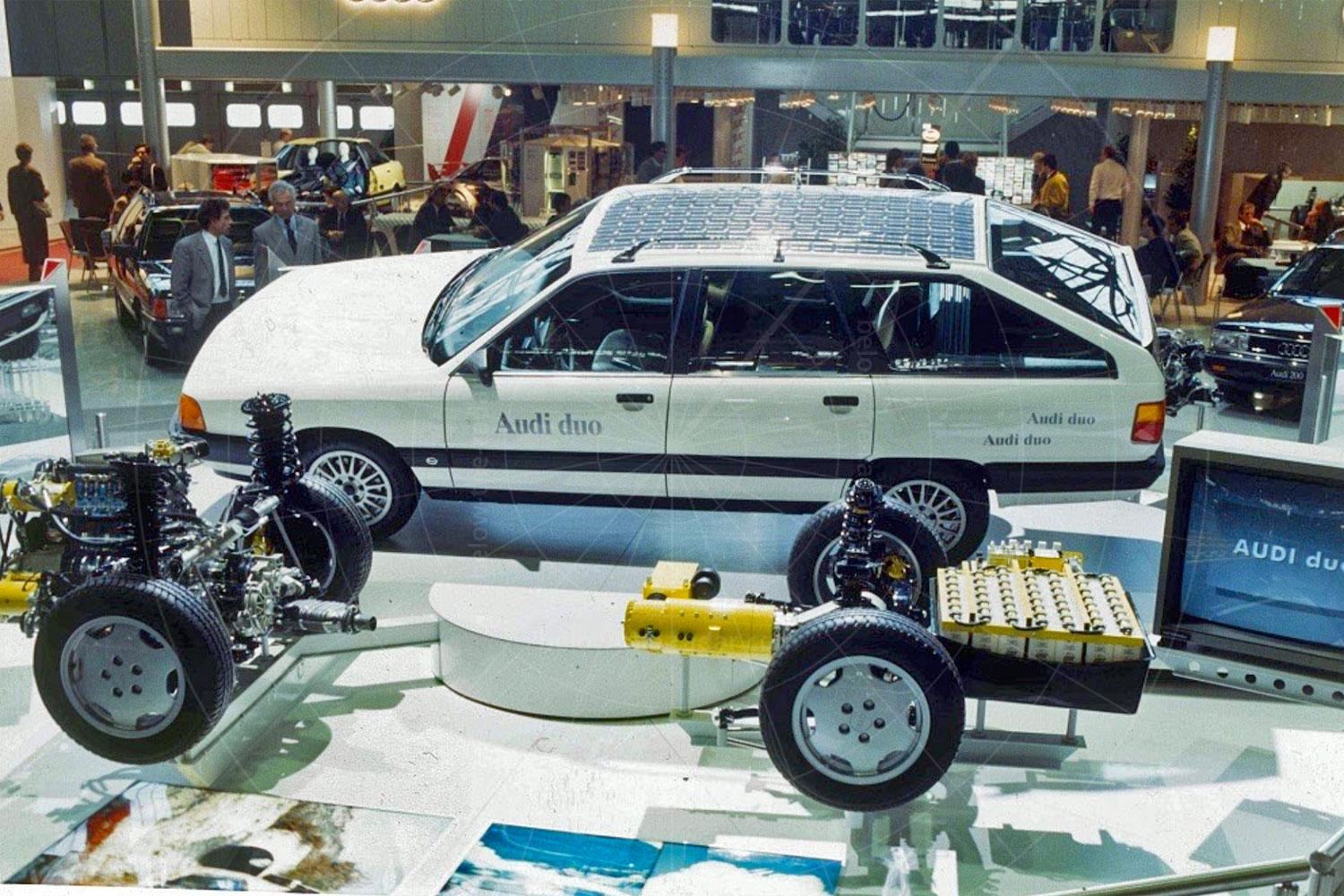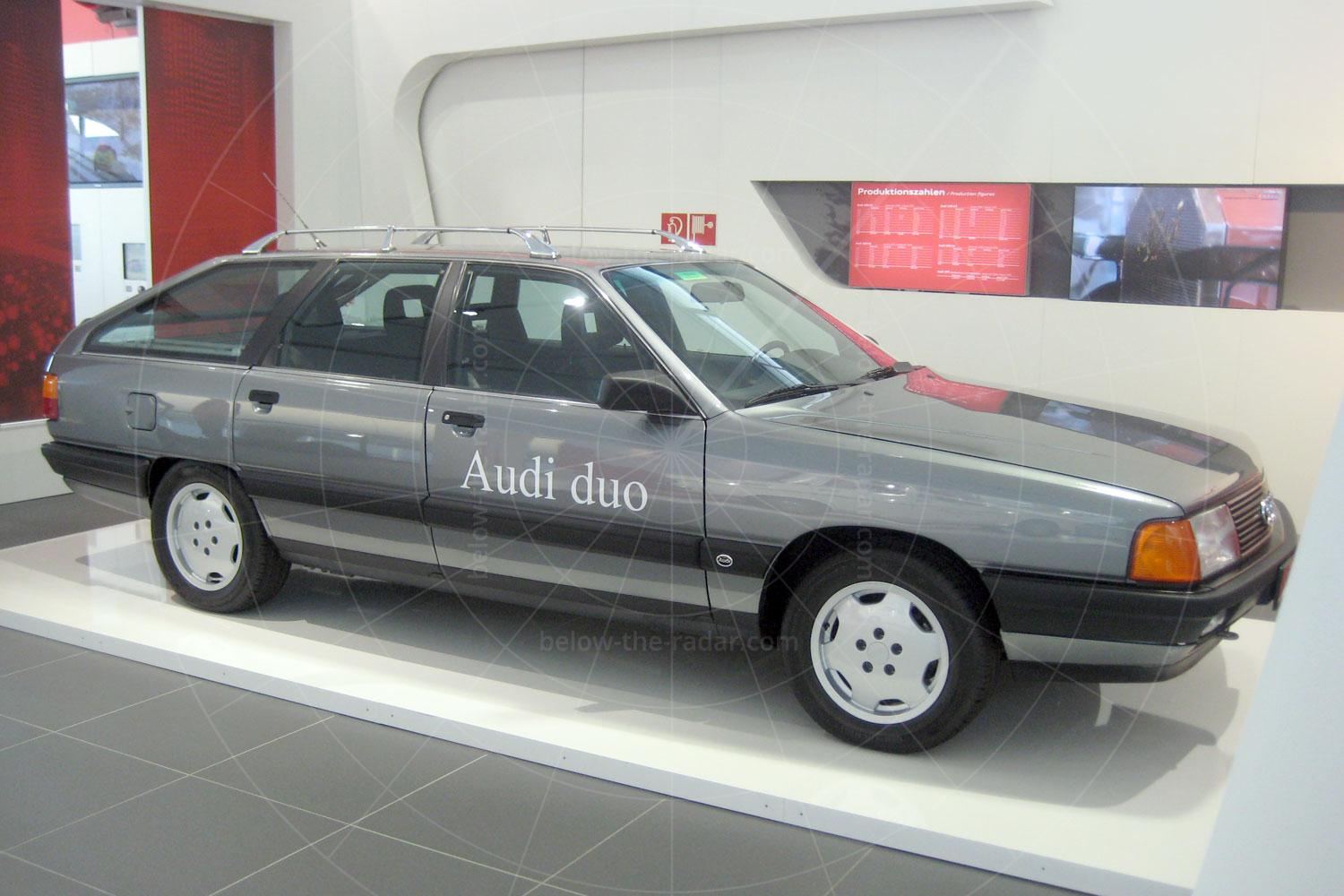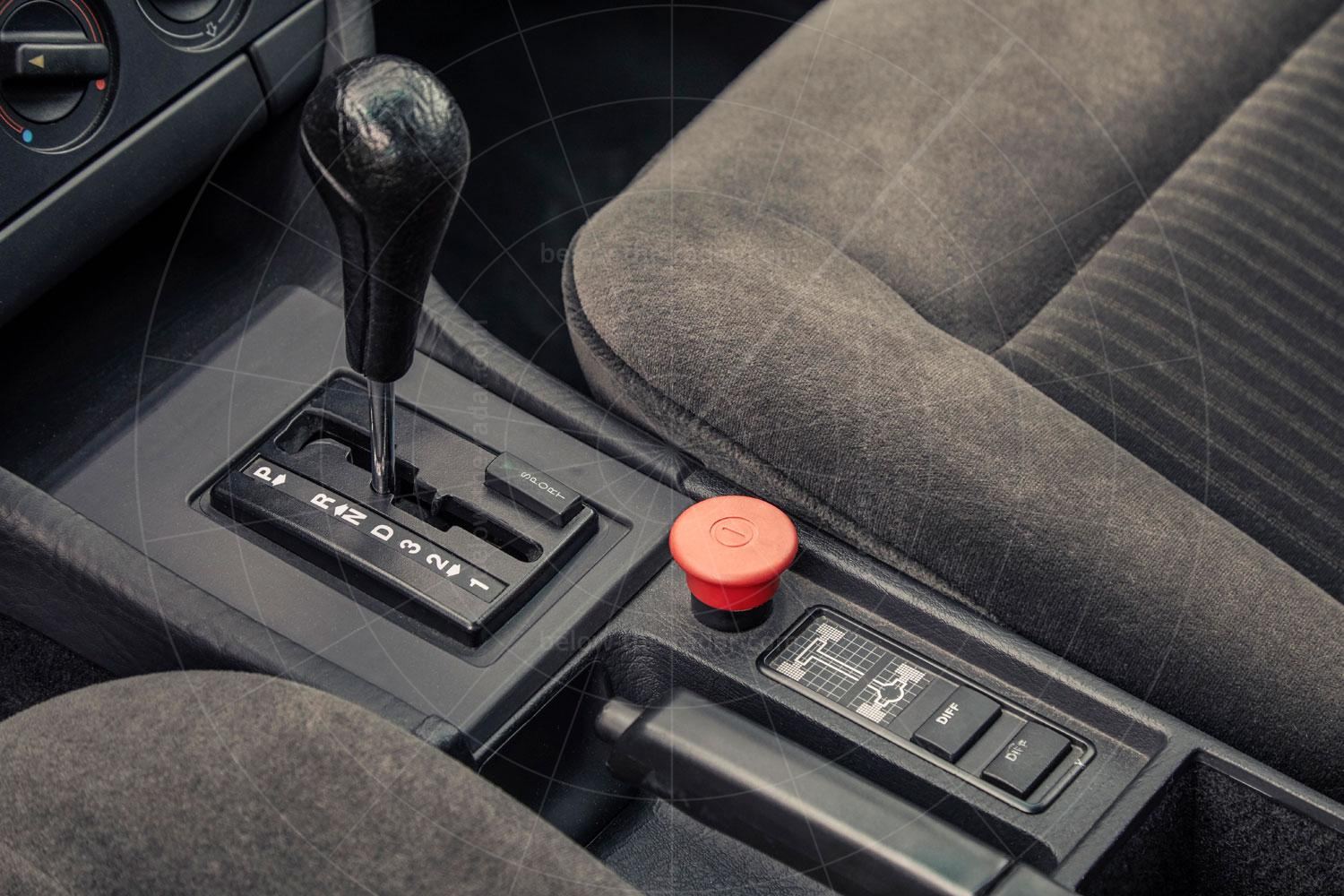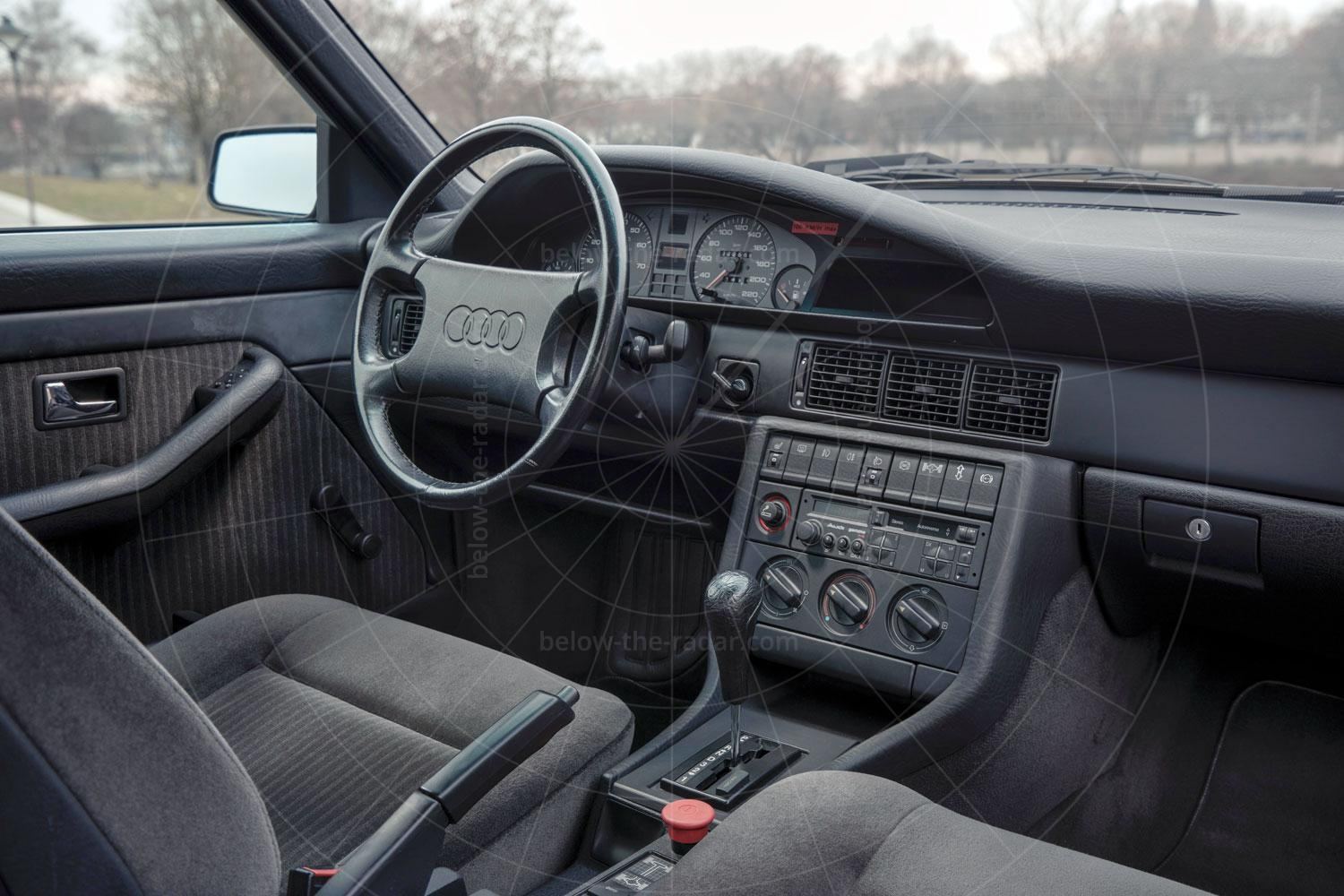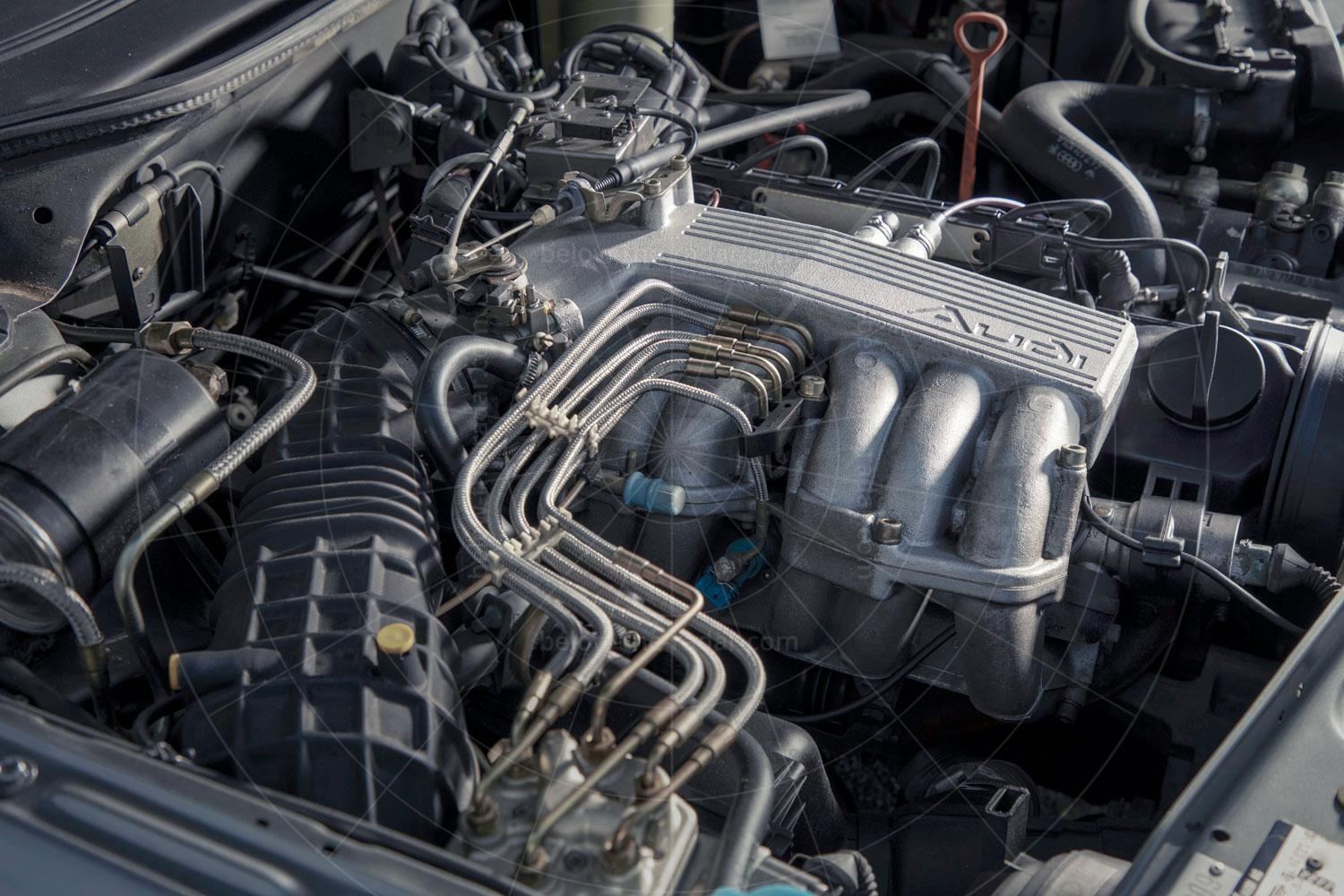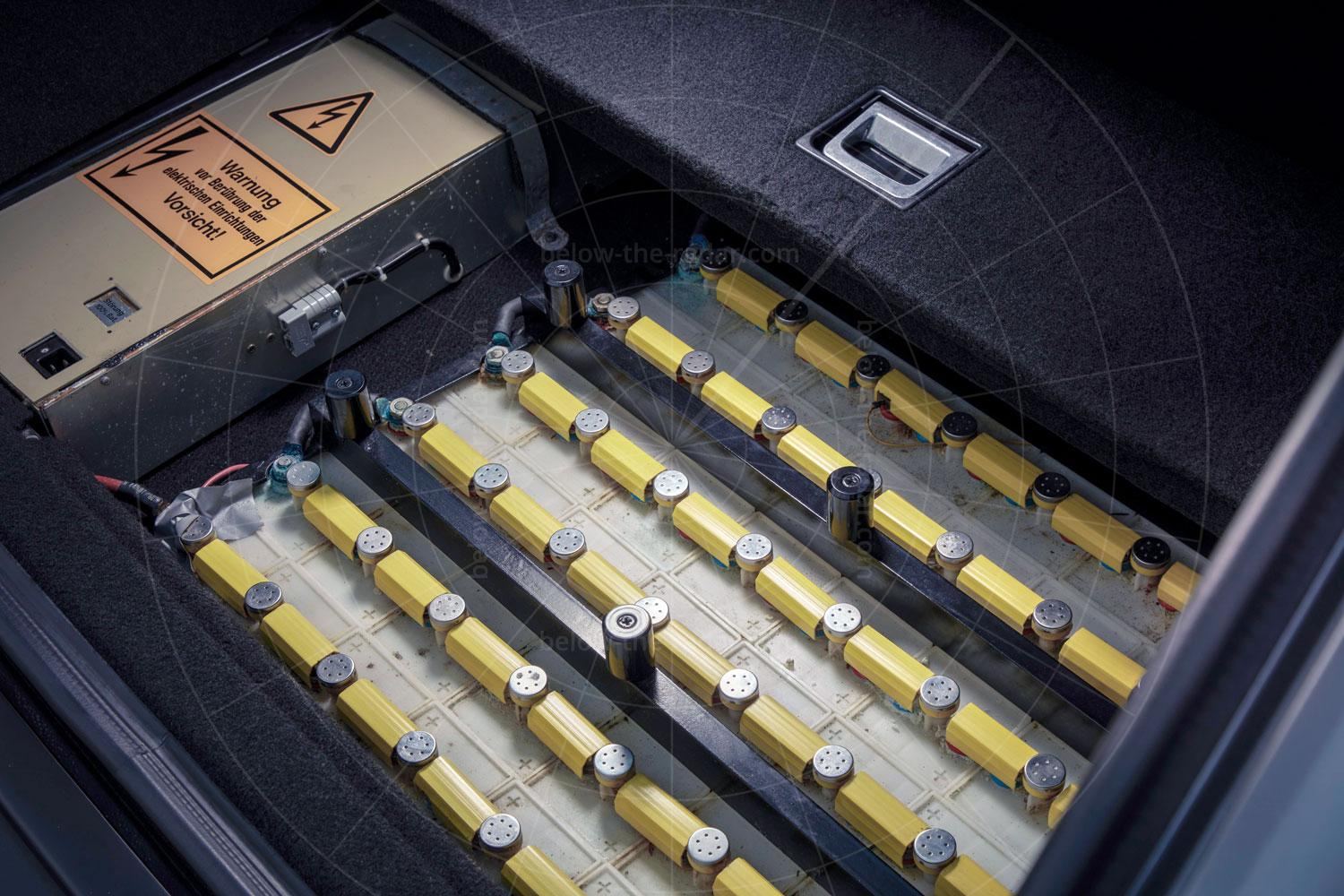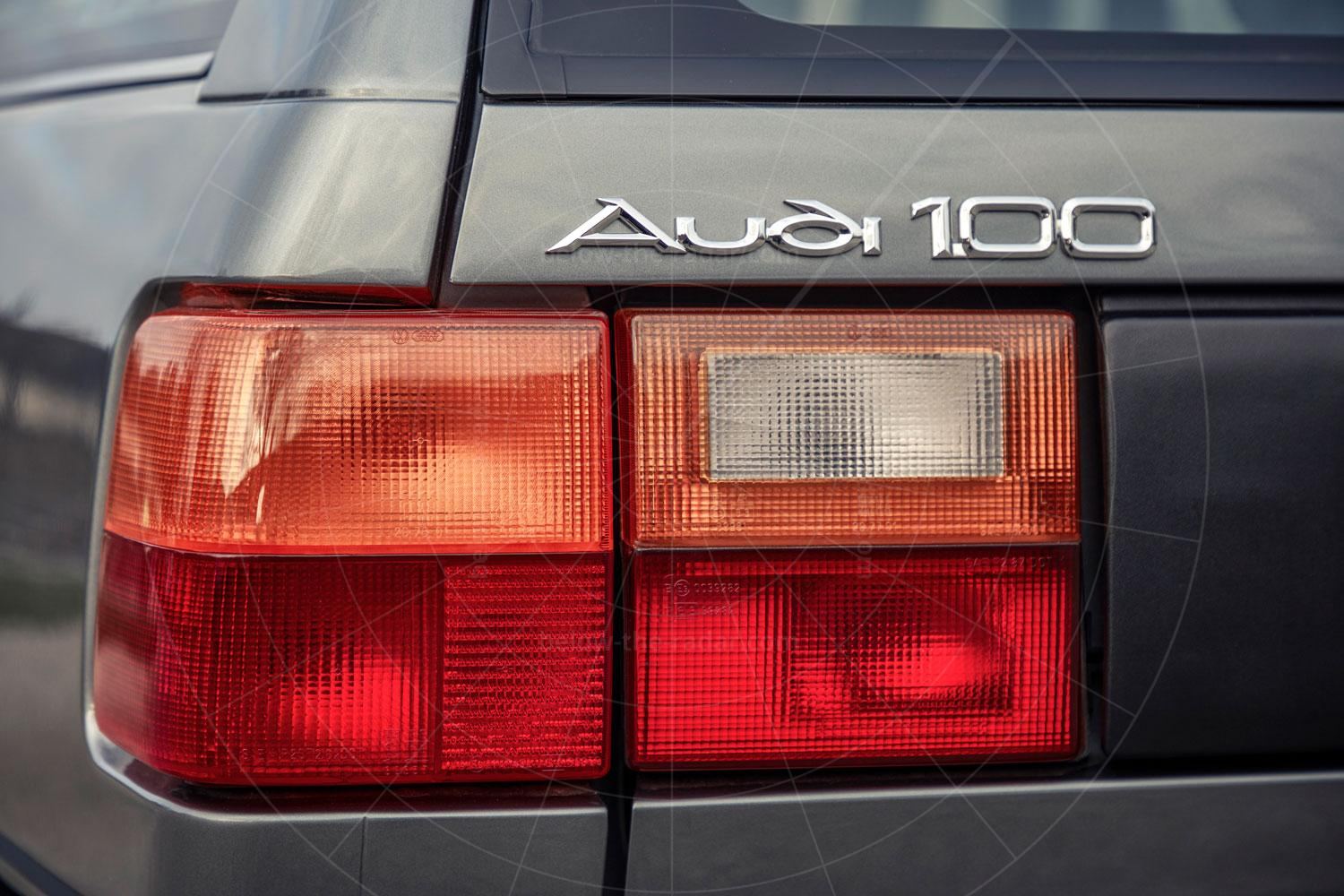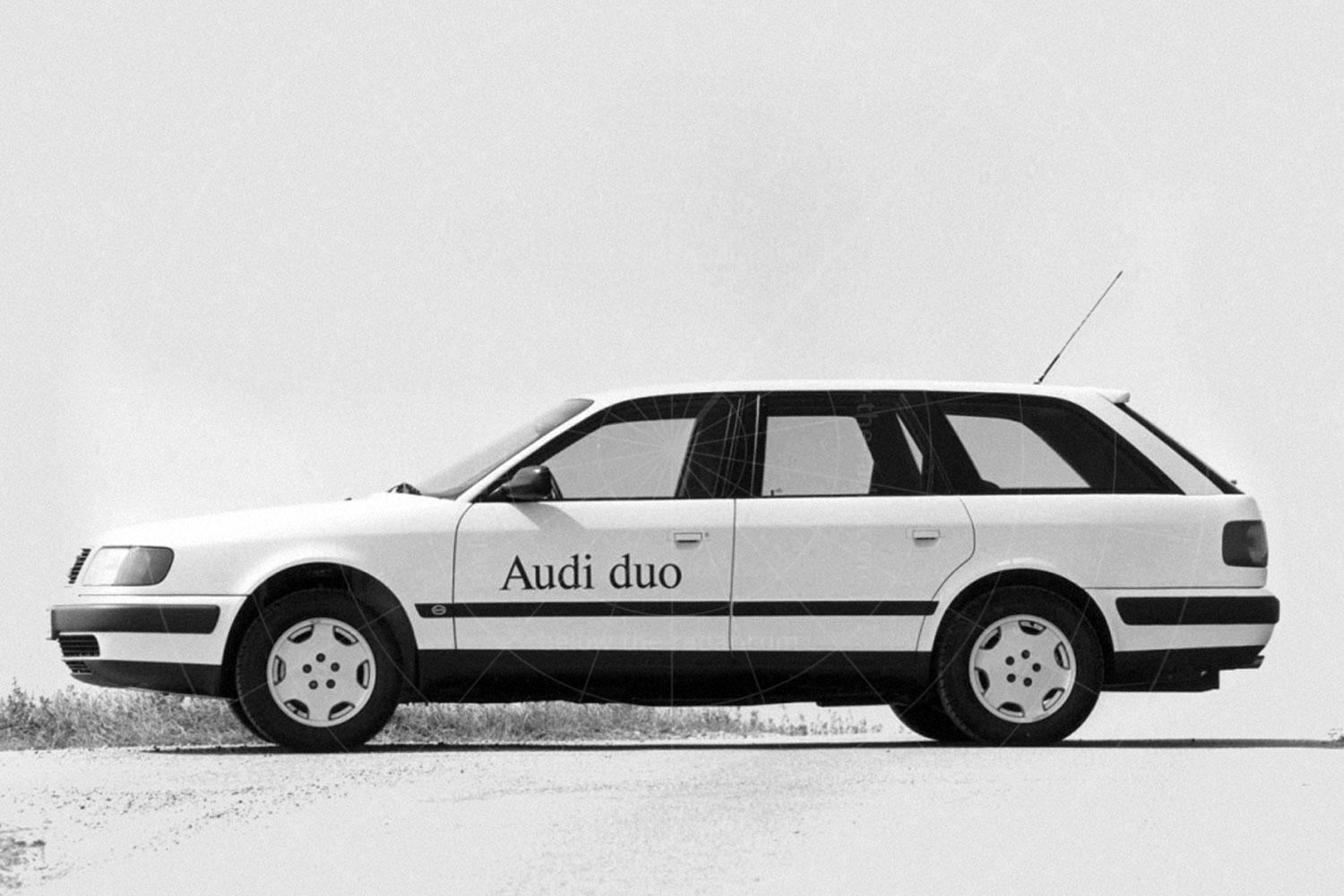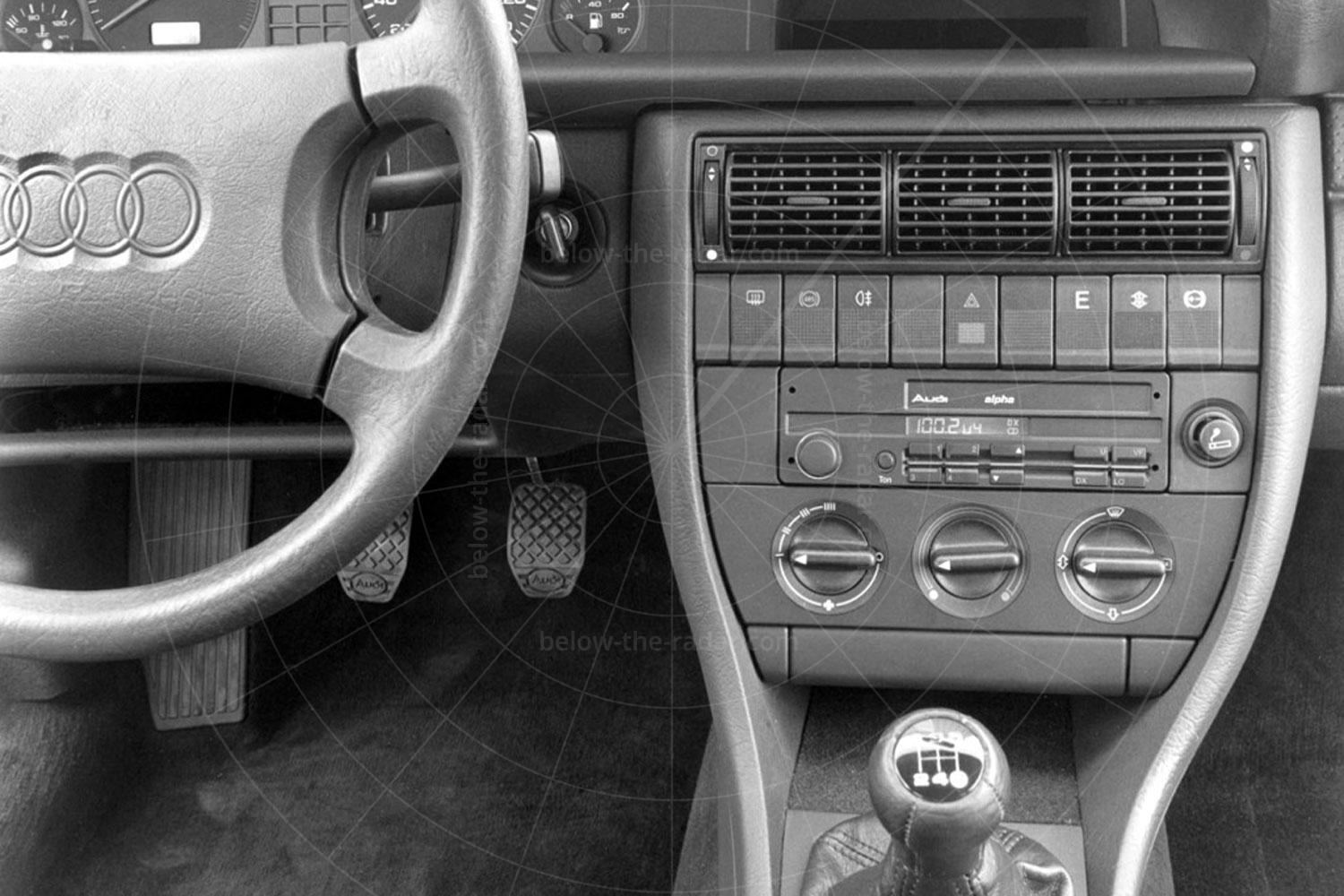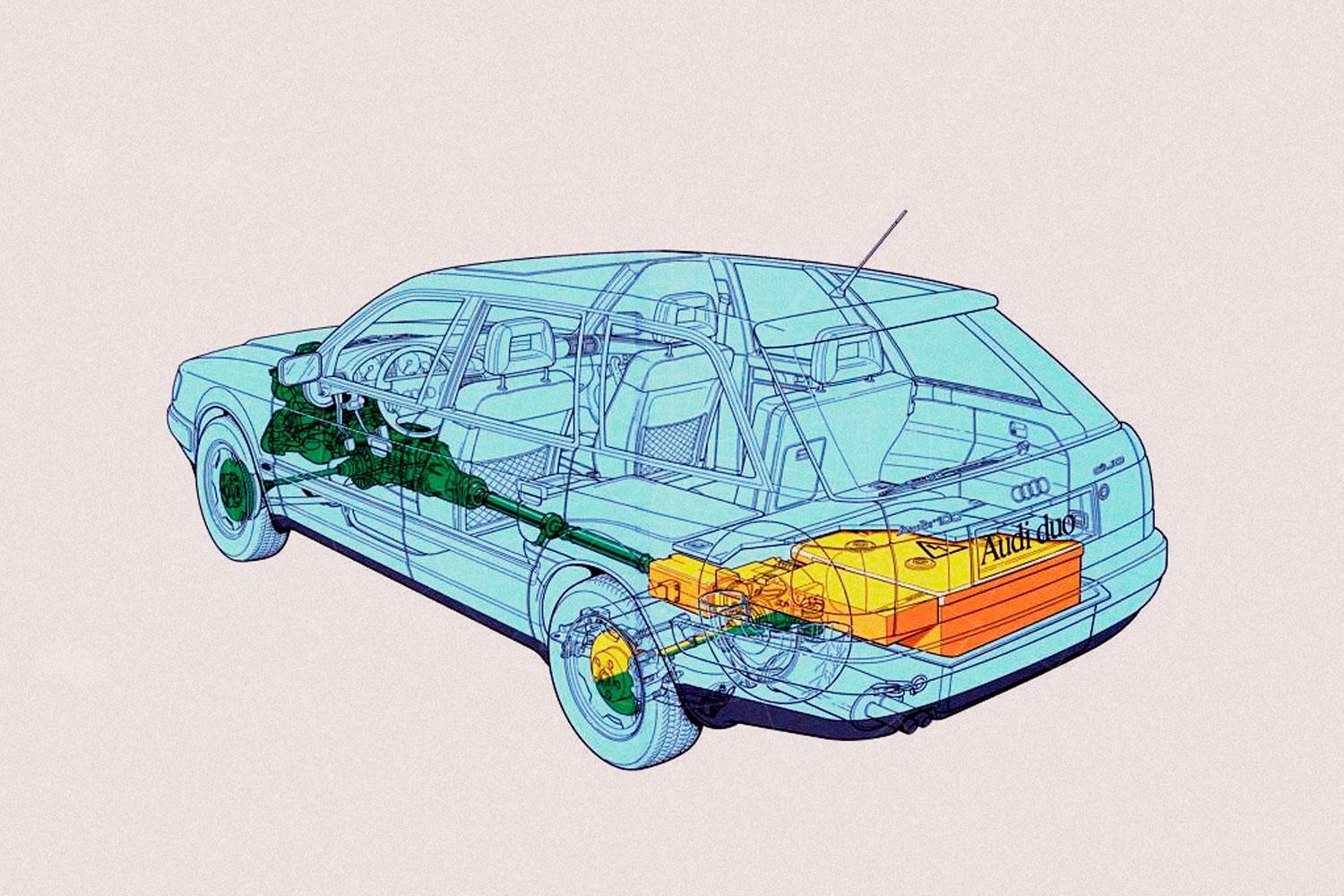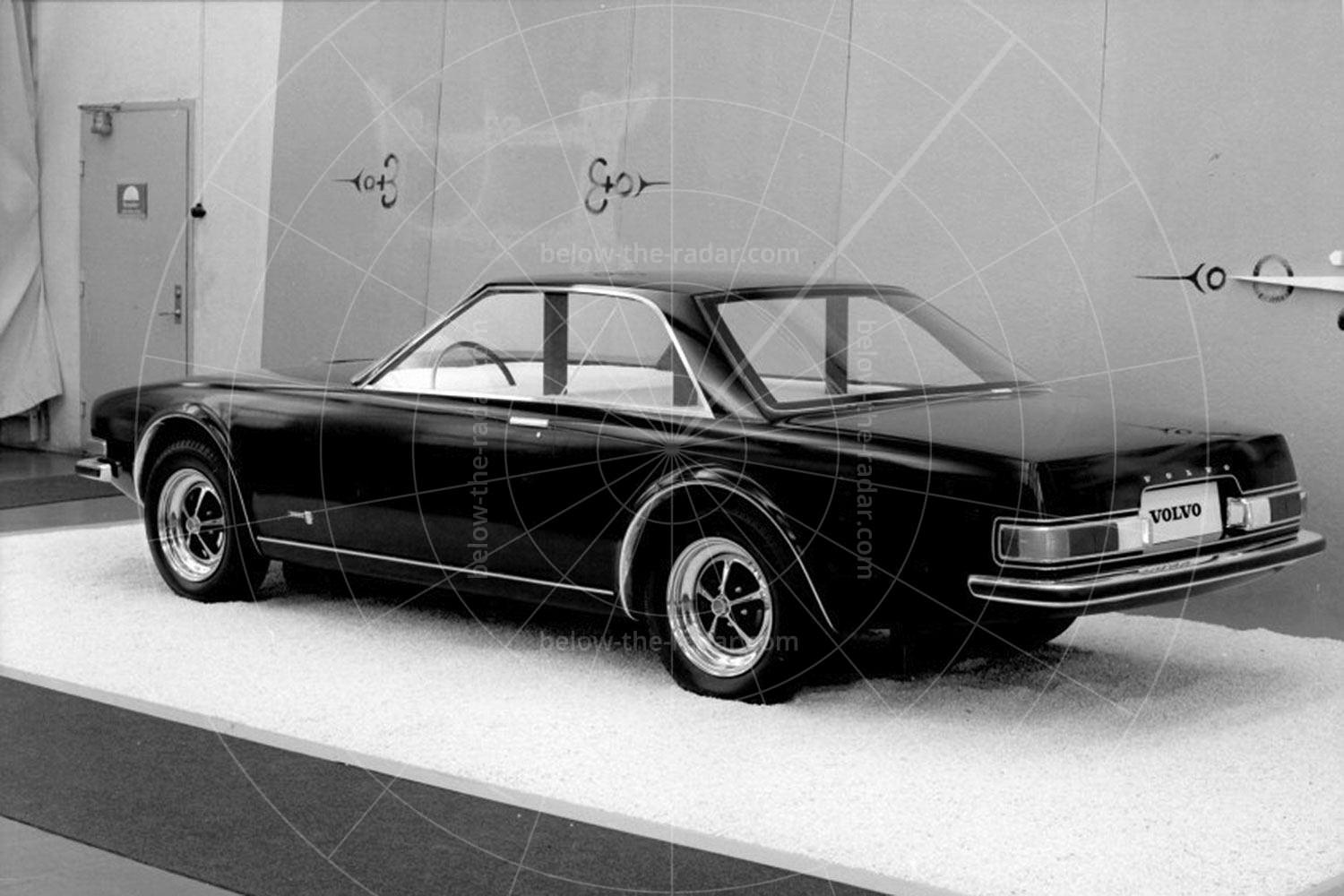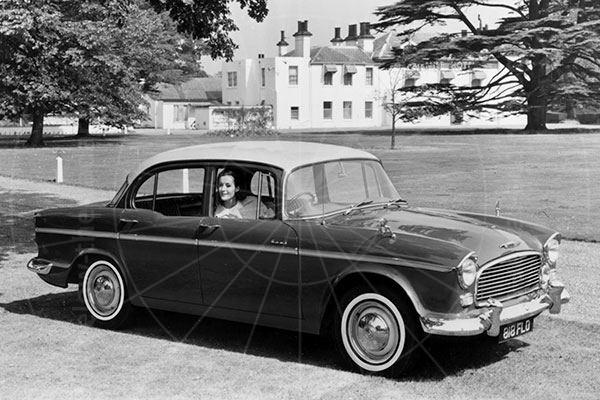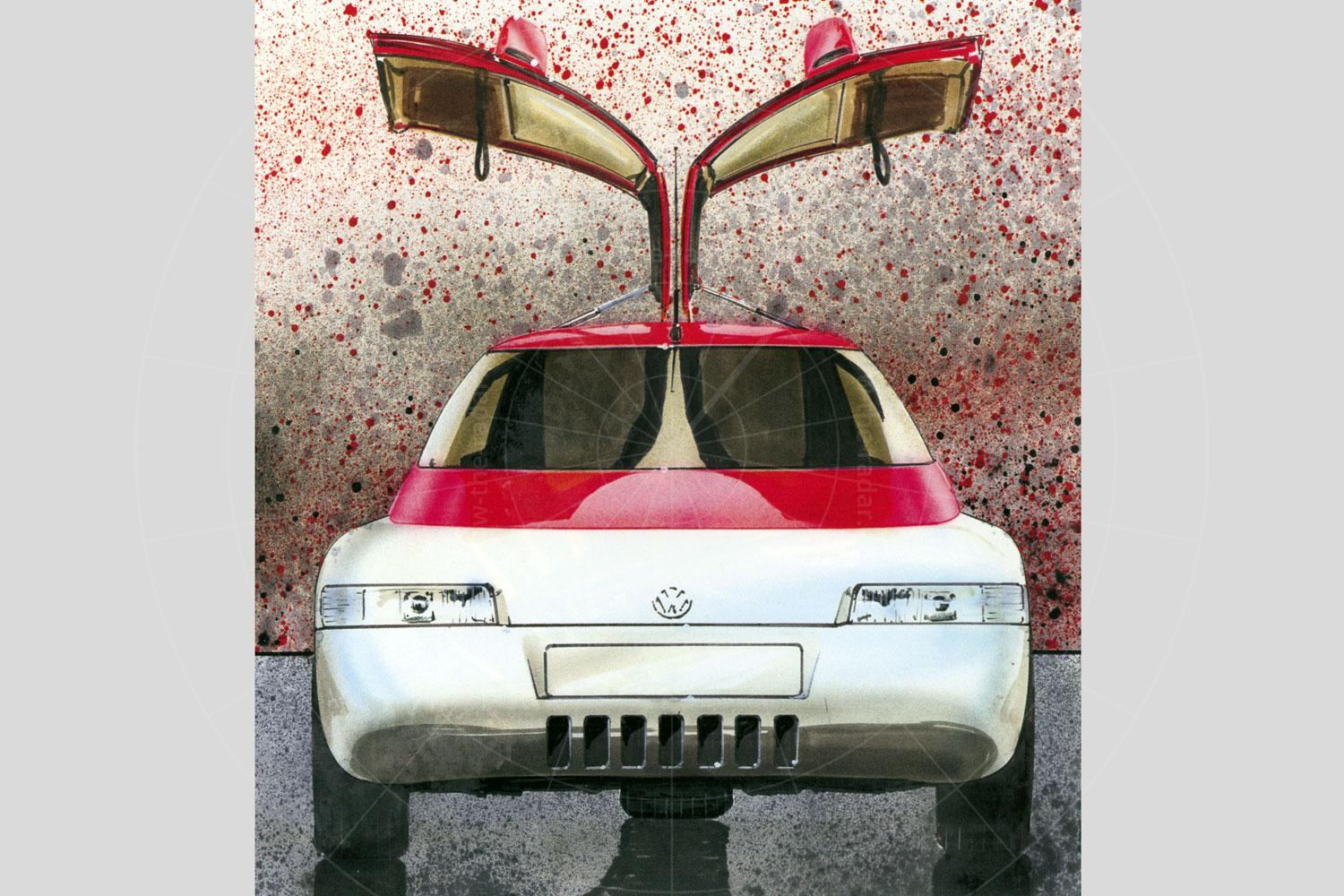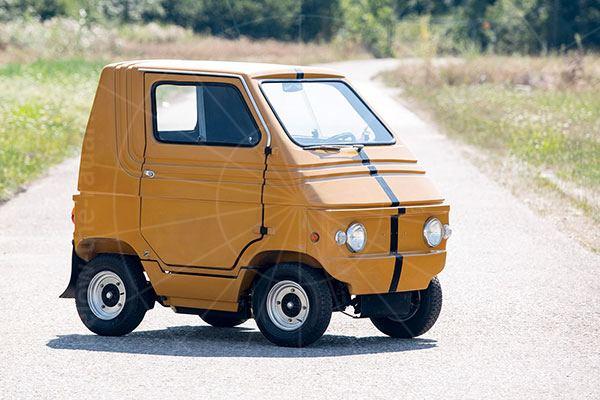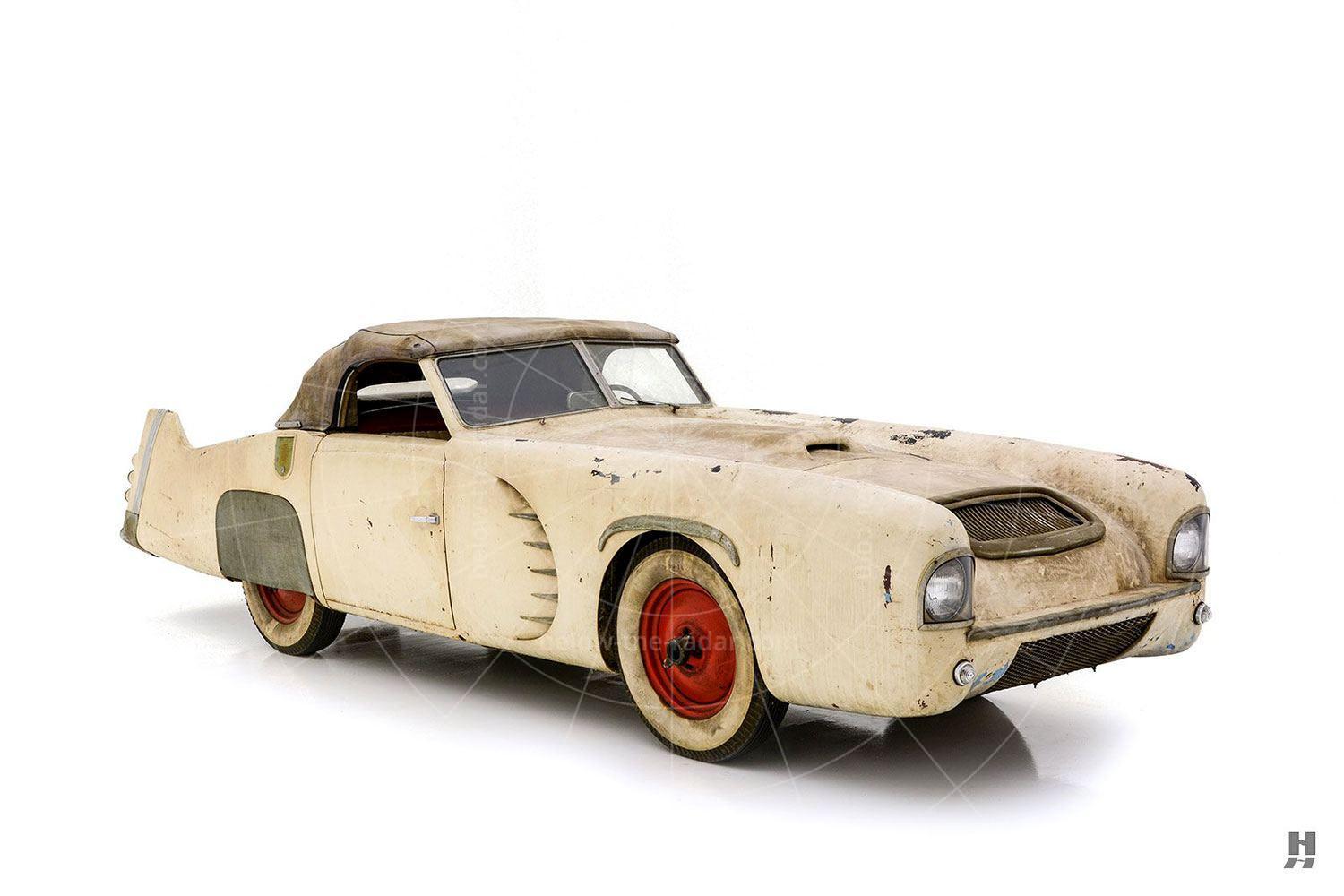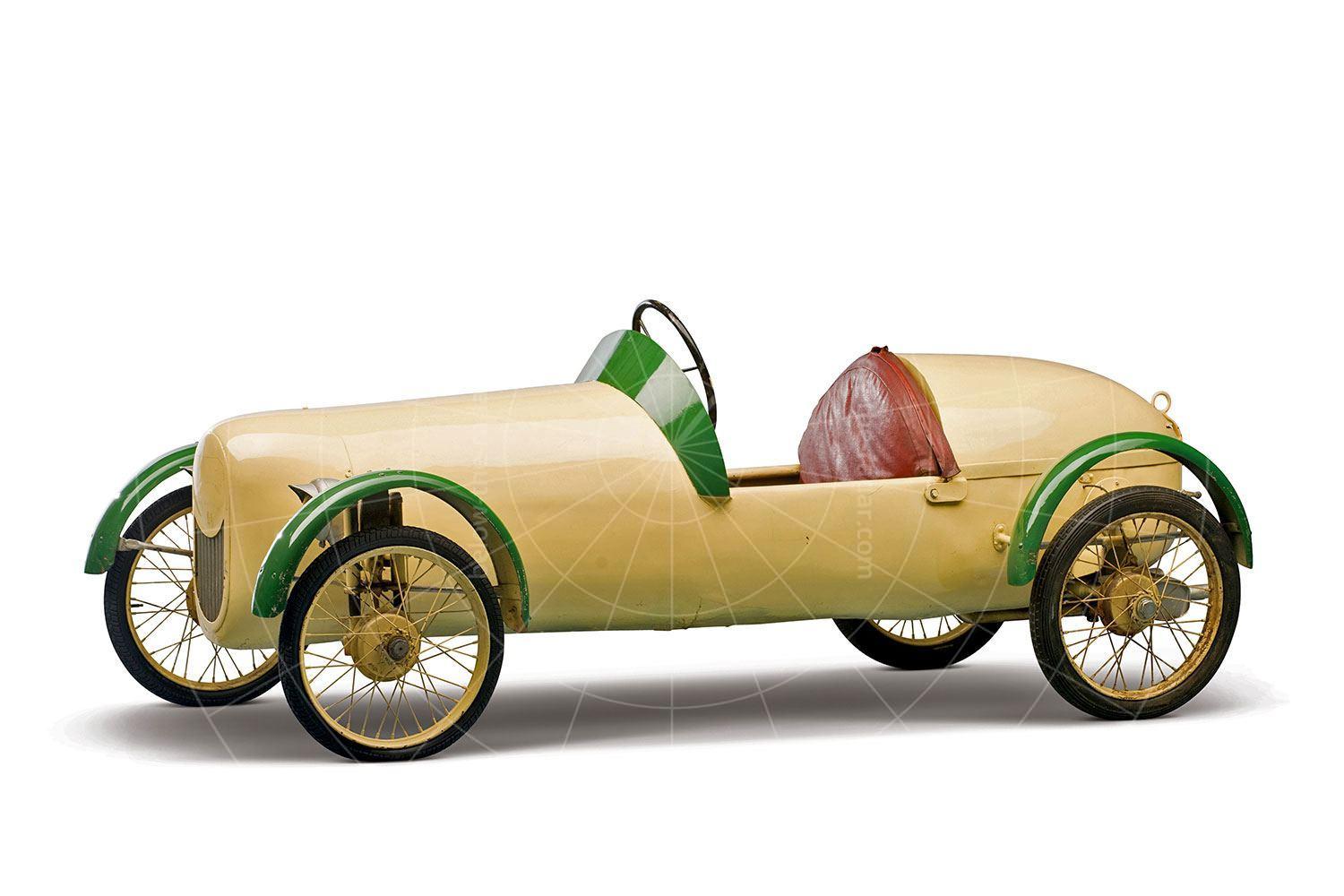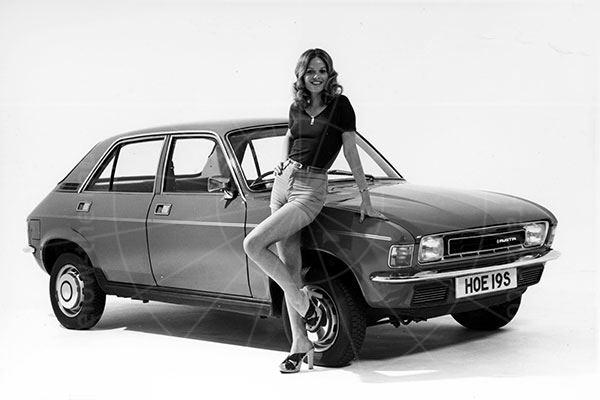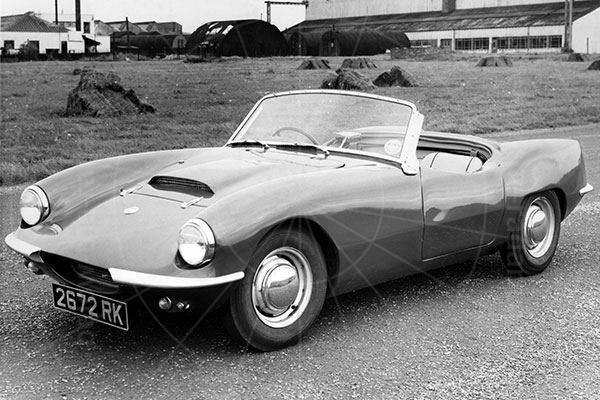Hybrids are often regarded as a relatively recent addition to the motoring landscape, but Audi built its first fully functioning petrol-electric hybrid car as long ago as the late 1980s. The Audi Duo prototype was created in 1989, and was unveiled at the following year’s Geneva Motor Show. Based on the C3 100 Avant, the Duo's 2.3-litre, five-cylinder petrol engine sent 134bhp to the front wheels. At the same time, a nickel-cadmium battery mounted underneath the boot floor powered a 9kW (12bhp) Siemens electric motor that drove the rear axle. Audi even experimented with a solar-panel roof for the vehicle, to help charge the batteries on sunny days.
Hybrid technology has been enhanced beyond all recognition since then, and in the blink of an eye the modern plug-in hybrid switches automatically – and seamlessly – between electric and petrol driving modes to ensure optimum performance. Things weren’t quite so simple for the Duo driver though, who had to put the transmission into neutral and press the ‘E’ button on the dashboard to engage electric mode and access an electric driving range of up to 24 miles.
The torque produced by the Duo’s electric motor meant that the car could reach 31mph before the petrol engine needed to take over. In slippery conditions, where all-wheel drive was required to pull away, both power sources worked in tandem, while the regenerative braking system enabled the battery pack to be recharged when the brakes were applied.
Created using a completely standard 100 Avant, the Duo benefited from the production car's aerodynamic fastback-style body, resulting in an incredibly low aerodynamic drag coefficient that helped the vehicle cut through the air more efficiently. Not so good was the fact that the batteries added a hefty 200kg to the 100’s kerb weight.
Back in 1989, just ten examples of the original Duo were built. The cars were trialled in pilot programmes, including use as a taxi in Ingolstadt, but they were never put into full production. However, Audi continued to explore hybrid technology, and a second version of the Duo based on the C4 Audi 100 Avant arrived in 1991. Power came from a 2.0-litre four-cylinder engine which constantly sent power to both ends of the car.
Six years after that, Audi became the first European car maker to introduce a limited-edition production plug-in hybrid. Also named Duo, it was based on a B5 A4 Avant. The A4 Avant Duo featured a drivetrain incorporating an 89bhp 1.9-litre turbodiesel engine and a 28bhp water-cooled electric motor, powered by a lead gelatin battery mounted in the rear of the car. Both the engine and the electric motor were used to power the front wheels.
As with the earlier Audi hybrid studies, the production Duo featured plug-in charging, and its electric motor could also recover energy during deceleration. In electric mode, the A4 Avant Duo could reach 50mph, and 106mph using TDI power. Ultimately the car proved to be too costly for potential buyers, who baulked at its DM 60,000 price (around €30,000), and just 90 or so plug-in hybrid A4s were sold.

